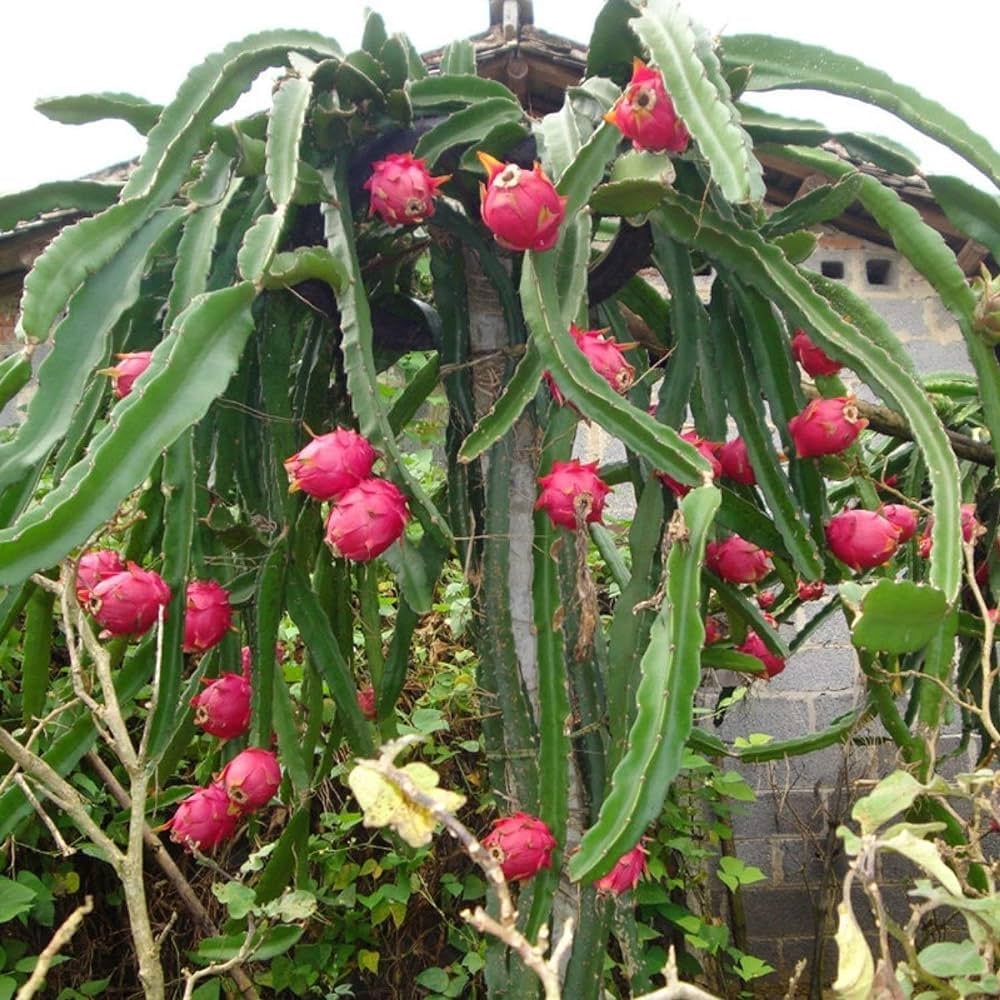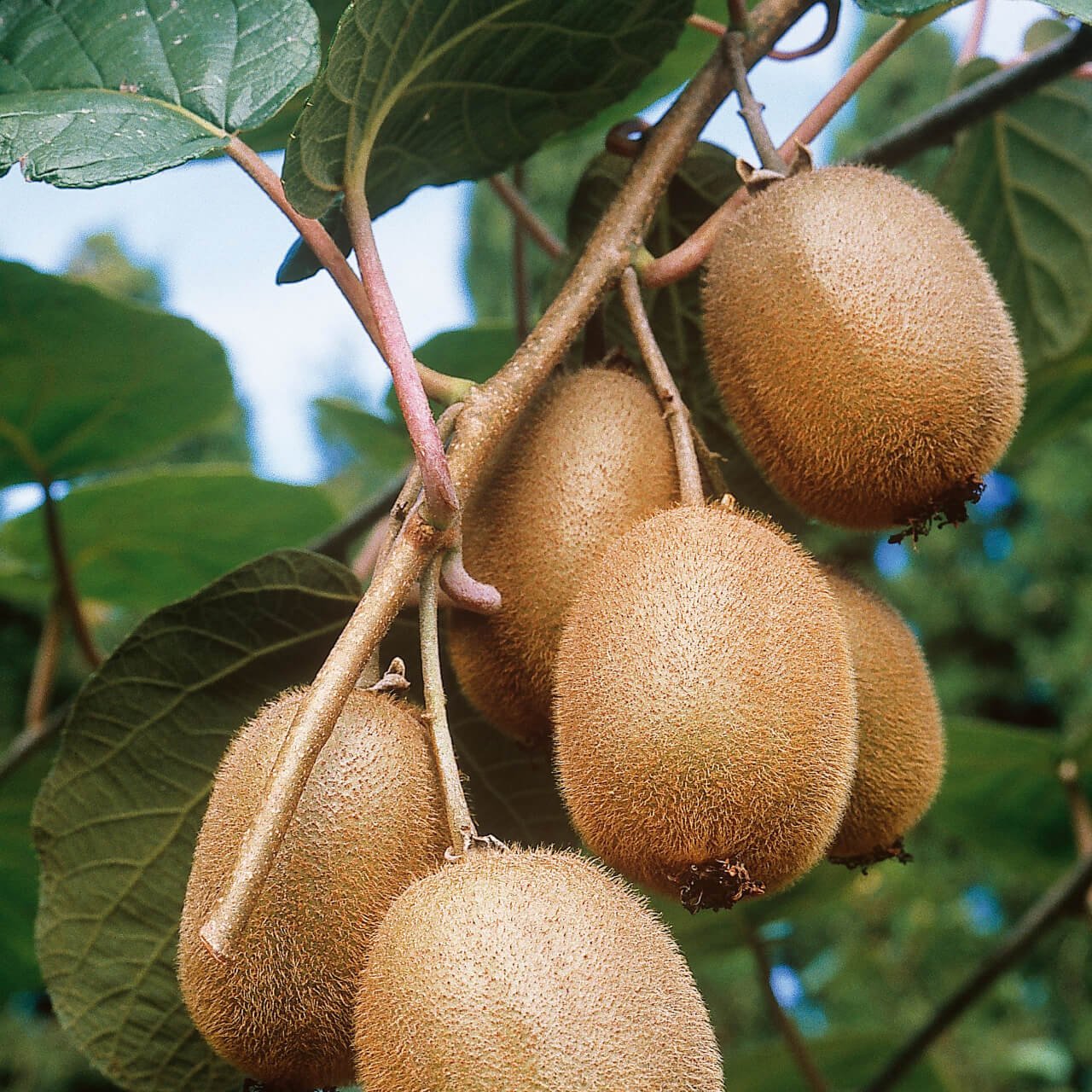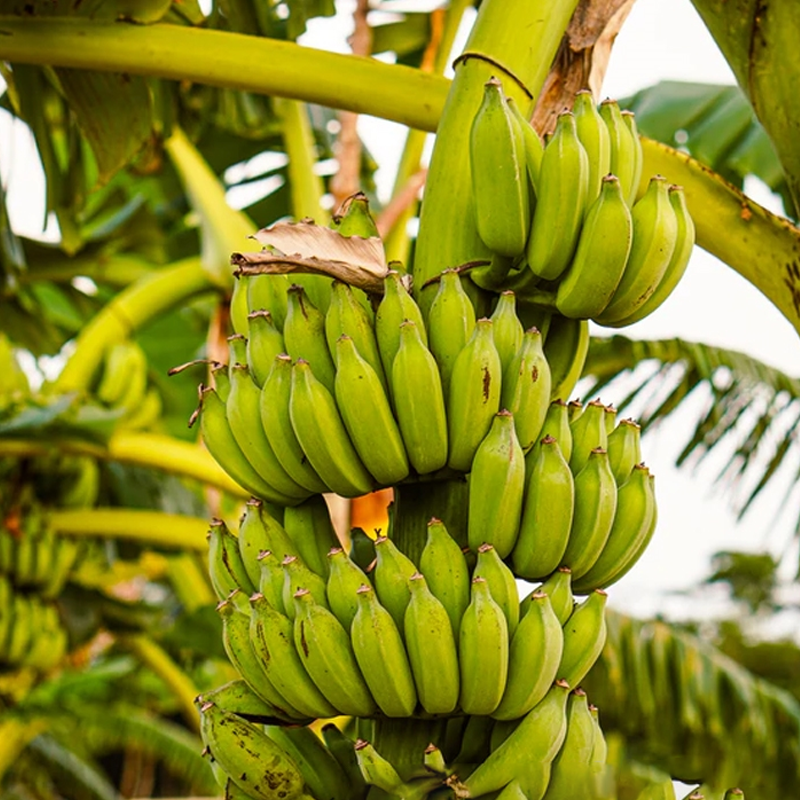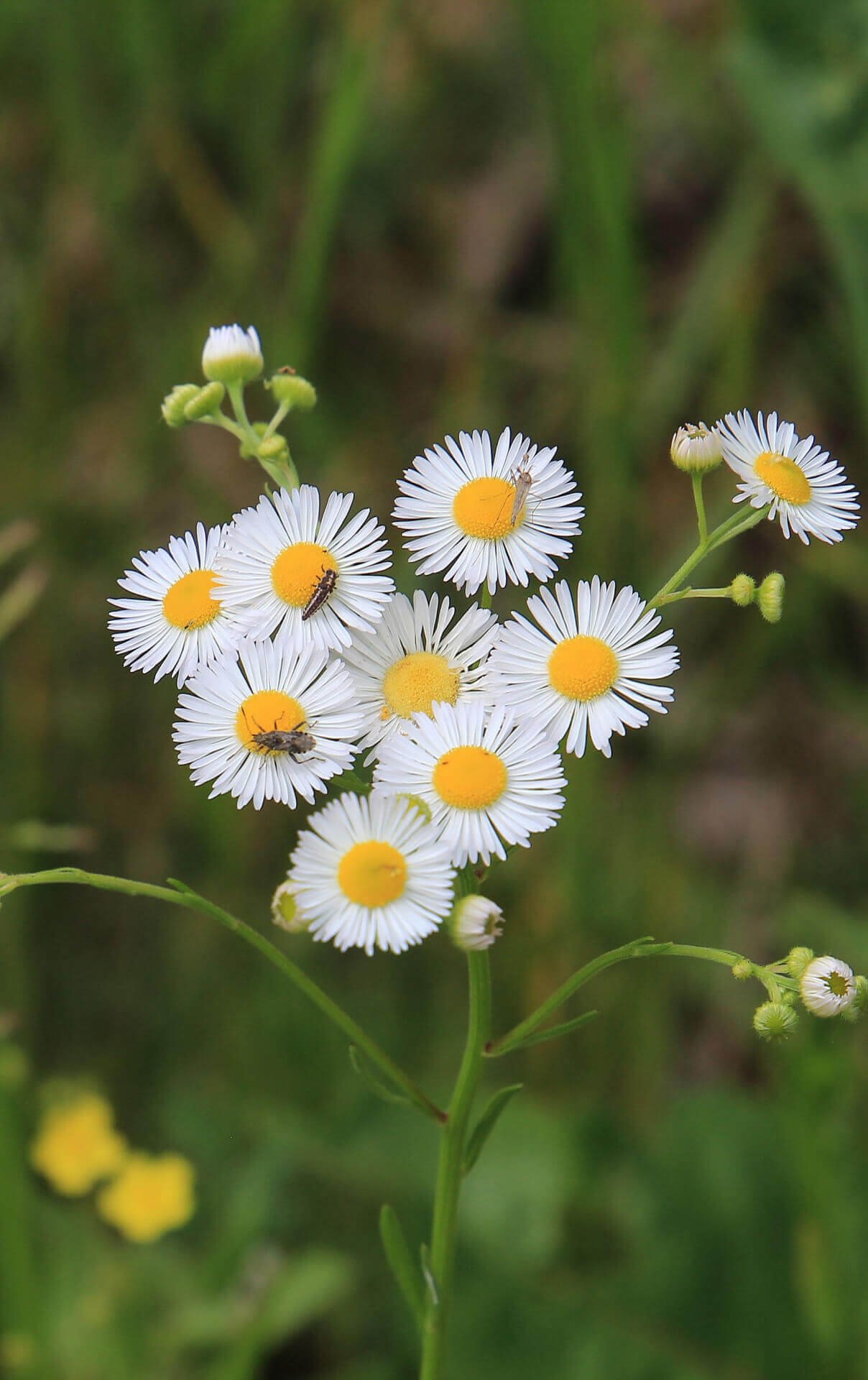
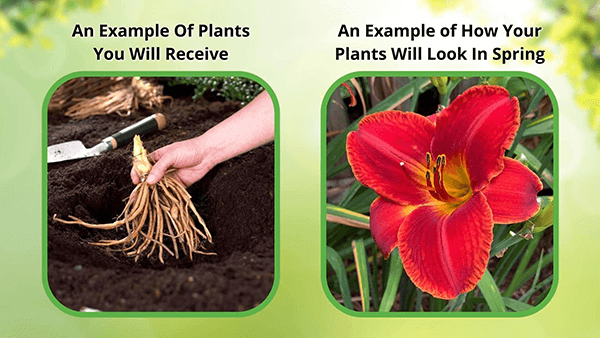
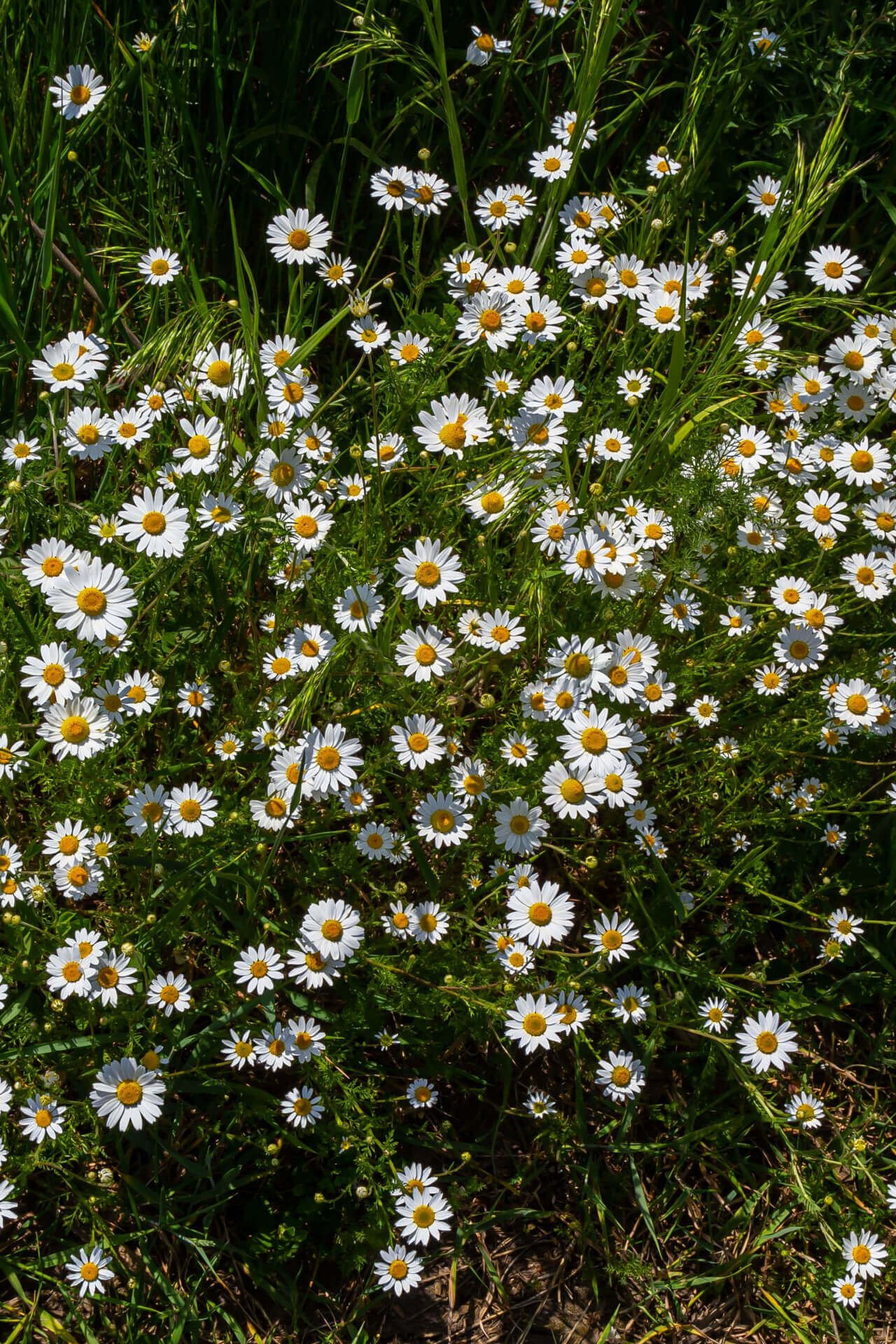

Fleabane Daisy
Attracts beneficial pollinators and butterflies
Natural pest repellent for gardens
Versatile for borders and containers
Thrives in
ZONE 6ZONE 7ZONE 8ZONE 9This plant ships:
Ships Week of May 12th1 Year Guarantee on all plants
Fleabane Daisy - Erigeron
Fleabane Daisy boasts delicate, white to pale pink petals surrounding a yellow center, and it is known for its ability to thrive in various natural habitats.is a charming and beneficial plant with numerous advantages in landscaping projects. This perennial flower belongs to the Asteraceae family and is known for its delicate appearance and versatility in outdoor spaces.
It is a precious North American flower that embodies the beauty of simplicity. As a pioneer species of the Rocky Mountains, this indigenous plant is acclaimed for its bright coloration and vibrancy.
What Makes Fleabane Daisy So Unique
Also known as Erigeron annuus, it is not your typical flower. In contrast to other members of its genus, this flower can be partially distinguished by its ample coarse-toothed leaves. The unusual cleft shape is a distinctly recognizable attribute that is particularly noticeable around the stem base. A tendency towards narrowing can be observed near the top, but their symmetrical pattern remains intact. The stem showcases a slight hairiness that can often only be seen up close.
Fleabane Daisy Blooms White, Pink, Purple
With faint shades of pink and purple, the petals subtly evoke qualities of both romance and affection. From off-white to lavender, these daisies possess an irresistibly eye-catching and attractively understated gradient. Their gold and yellow centers discreetly provide an ideal contrast that lavishly amplifies the flower’s soft visual enticements. The relatively small circular core keenly enhances a slender and wispy presentation.
They Can Grow Up To 3 Feet Tall
Their blooming is culturally associated with late spring, and they commonly continue sprouting new flowers into mid-autumn. Heights vary widely due to their adaptive spirit, but they often grow up to 4 feet tall. Meanwhile, the delicate petals vary in length individually. They are approximately 1 inch long, and there are usually more than 100 per flower. An impressive clustering capacity often generates over 40 flower heads per stalk. This powerful inflorescence ultimately cultivates a rich and luscious visage.
It Reseeds Itself
It is typically an annual species but has also been observed adapting to a biennial life cycle. Its quaint appearance masks an underlying robustness. It is renowned for its resilience, and this hearty nature lends itself to an abundant flowering cycle. Despite a reliance on standard pollination processes, these plants also can self-fertilize. As a favorite delicacy among bees, it is recognized for its contributions to healthy landscapes of all kinds.
How do I take care of this plant
Plant it in a sunny area in your garden and in soil that provides good drainage. They require moderate watering and not waterlogged soil.
Is it possible to propagate them
Get their seeds during the fall or early spring air. Sprinkle them on some wet soil then cover slightly. Don't overwater; just keep things moist, and you'll have as many flowers as you can imagine within the blink of an eye.
What Plants can I grow together with them
It grows well with other floral plants such as lavender, Salvia, and ornamental grasses. These companion plants spice up your garden.
How can I use them for Landscaping
They can be used for borders, rock gardens, or even in pots. Their cheerful blossoms will help to lighten up any area and bring joy to your outdoor space.
Where does it grow best
To maintain your Fleabane Daisy in good shape, allow them to get some sun, use soil that drains well and trim the plants after they have flowered. These little, pretty plants are best for your garden if you don't want to spend too much time caring for them.
This Is How Your Plants Will Look upon Delivery
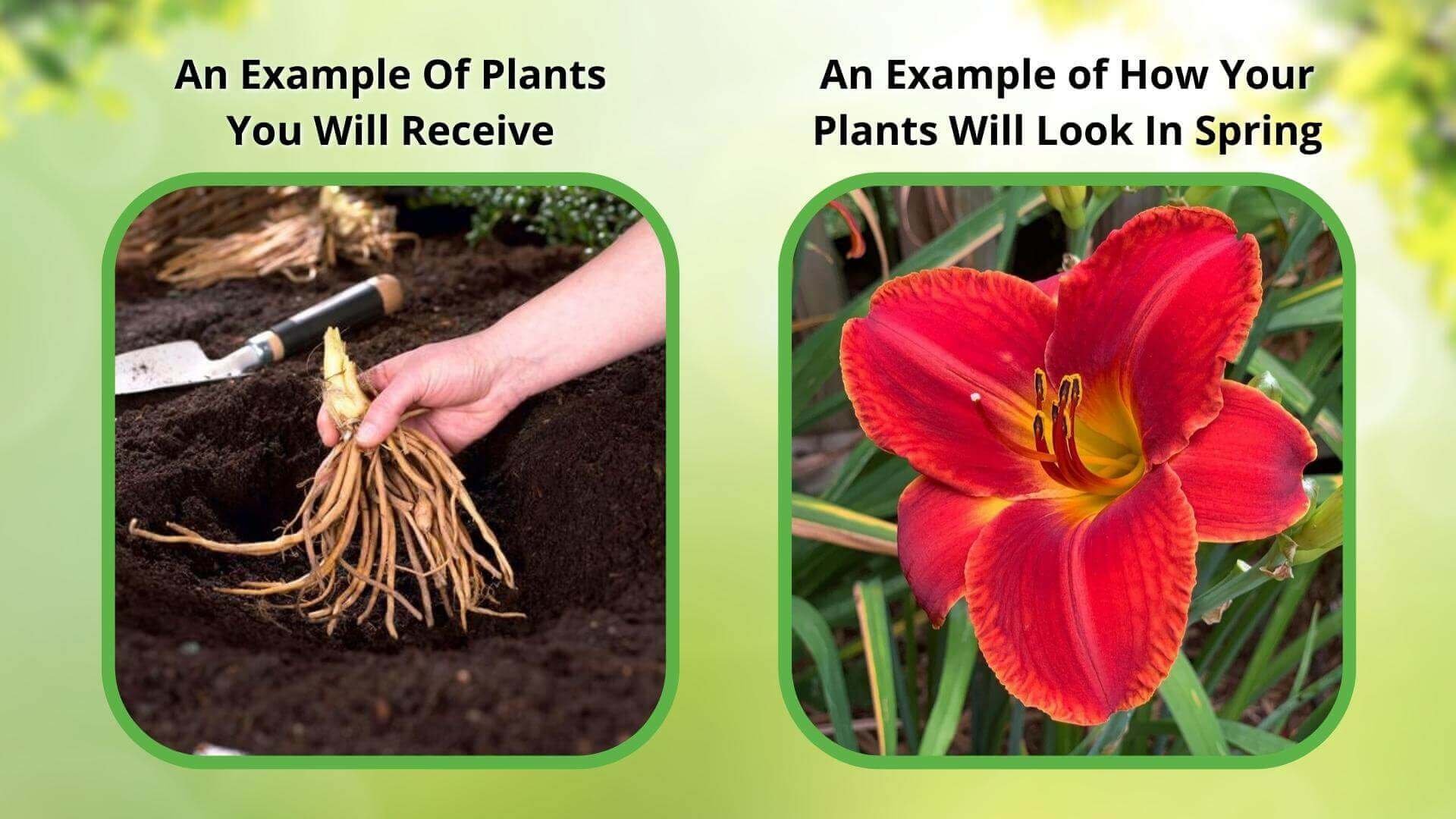
Bloom Season
Spring
Bloom/Foliage Color
White
Height at Maturity
Over 12"
Care
Fleabane Daisy thrives in well-drained soil and is regularly watered. Deadhead spent flowers encouraging continuous blooming and cut back after flowering to maintain shape. Protect from extreme heat or cold with appropriate care and watch for pests.
Plant Reproduction
Fleabane Daisy can self-sow and spread in clumps in ideal conditions
Shipping date depends on the date displayed and chosen when you order from the product's page.
We only accept returns on plants verified dead. If you think your plants have died, we offer a 1 year warranty, please use this File a Claim Link to verify dead plants and start with return warranty process.





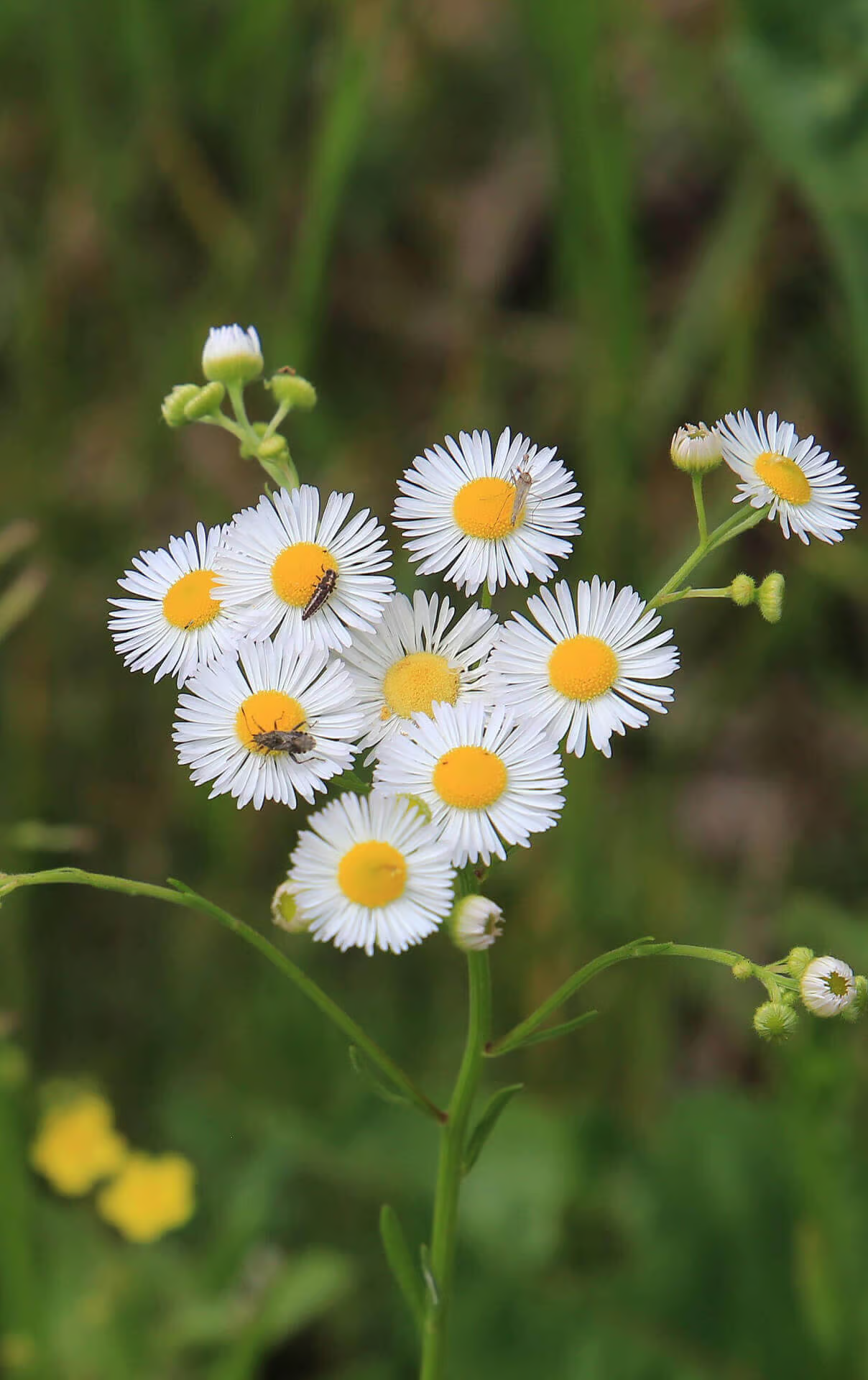
Abundant Blooms:
Fleabane Daisy offers a stunning display of daisy-like flowers from late spring through summer.
Drought Tolerant:
Highly drought-tolerant once established, Fleabane Daisy is perfect for low-water gardens and xeriscaping.
Pollinator Attraction:
Attracting butterflies and bees, Fleabane Daisy supports a healthy garden ecosystem and enhances biodiversity.
Attractive and Hardy:
Fleabane Daisy boasts delicate white to pale pink petals with a yellow center and thrives in various natural habitats, making it perfect for landscaping projects.
Caring Tips
How do I care for my Fleabane Daisy?
Each box contains detailed care instructions and information about your product. But here's the basics.
Care Tips
Fleabane Daisy thrives in well-drained soil and is regularly watered. Deadhead spent flowers encouraging continuous blooming and cut back after flowering to maintain shape. Protect from extreme heat or cold with appropriate care and watch for pests.
Light Requirements
Fleabane Daisy flourishes in full sun to part shade. It favors at least 4 to 6 hours of unaffected sunlight daily for optimal blooming but can handle some shade, particularly in hotter climates. Proper light exposure encourages vigorous growth and abundant flowers.
Hardy Planting Zones
6 • 7 • 8 • 9
Header
Use this content to share information about your store and products.
Frequently Asked Questions
How often should I water my plants?
How do I know if my plant is getting too much or too little sunlight?
What should I do to prepare my plants for winter?
What are the signs that my plant needs fertilizing?
How can I prevent pests from damaging my plants?
How do I choose the right plant for my climate zone?



